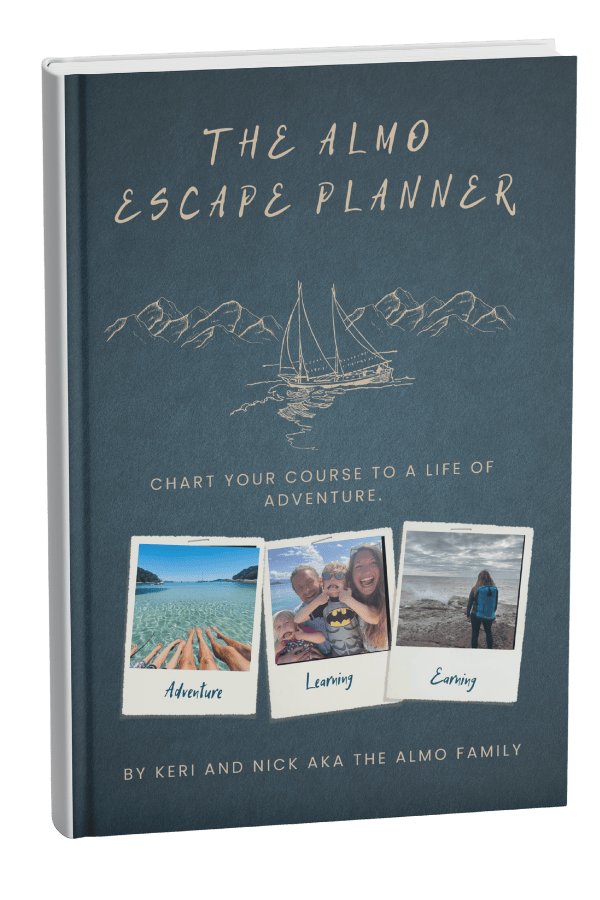Here’s what we’re going to cover.
- Is wild camping legal in the UK?
- What about wild camping with Kids?
- Why wild camping?
- What we packed: Wild camp kit list
- Location, location, location
- What’s cooking?
- Want to know how we earn money by having adventures?
Is wild camping legal in the UK?
Only in very specific areas. The two of note are the Lake District National Park and Dartmoor National Park.
These have stringent rules about where.
The Lake District requires you to be above a certain height
Dartmoor have an interactive map and some guidance here:
https://www.dartmoor.gov.uk/enjoy-dartmoor/outdoor-activities/camping
As a rule of thumb.
- Stay away from livestock.
- Away from towns, roads and farms.
- Leave no trace.
- Don’t be a nuisance
If you don’t live near these areas, campwild.uk offers a membership service and works with landowners so you can get permission to camp in a range of locations.
What about wild camping with Kids?
Yes, obviously you have a responsibility to keep them safe, but wild camping can be an amazing mini-adventure. Check out our time on Dartmoor:
Why wild camping?
I have to be honest, camping at a campsite never appeals to me. I’d rather stay in a nice lodge, and with most campsites charging per person, it’s often cheaper to stay in said lodge.
Wild camping is about experiencing wild places with a different perspective at night and early morning.
We had some amazing experiences in our younger years and were excited to share these with our kids.
Wild camping is such a great way to connect as a family, especially if you only have a night. It can throw your local area into a whole new perspective. What’s more, it will make you appreciate your own bed when you get back. You don’t need fancy gear if you’re going in summer. We took a cheap tent but packed some extra blankets to stay snuggly.
What we packed: Wild camp kit list
If you have ever tried to pack for a camping trip, you know it’s not a simple task.
Then add to that a family of 4, including a recently potty-trained 2-year-old, a mud and water seeking 4-year-old.
Then fit everything you need in 2 small backpacks.
Bag 1
- Small tent
- 2 sleeping bags (don’t worry about super expensive ones for one night)
- 4 x spare trousers and pants
- 1 roll of toilet paper and small nappy bags
- 4 x headtorches
Bag 2
- 2 sleeping bags
- 1 picnic blanket (underlay)
- 1 fleecy blanket
- 4 x coats
- Snacks and a light breakfast
- Water
- OS Map
The children carried their own fluffy dinosaur sleep suits. They were excited to be part of the team by sharing the load. I also liked the idea of 2 cute dinosaurs on the moors.
Location, location, location (where to pitch your wildcamp)
Whenever you go wild camping, check the local area guidelines as they all vary slightly. In Dartmoor, there is a highlighted map of areas where you can camp in: https://www.dartmoor.gov.uk/enjoy-dartmoor/outdoor-activities/camping
Once you are in an area you can camp in, you need to check that:
- It’s flat
- Your camping spot is discreet
- It’s not boggy or lumpy
- Protected from the wind
What’s cooking?
Nothing!
I know the idea of having a fire seems romantic, but it’s going to add an unnecessary layer of complication and mess. Unless you have the landowner’s permission, it’s going to get you in trouble.
Keep it simple. In the past, we have carried a small stove for basic one-pot meals, but this time we kept it even simpler.
We ate lunch at a lovely cafe before an afternoon of exploring. We ate a picnic dinner as we parked up in the evening. We carried some evening snacks for when we’d set up camp. On the menu for breakfast were hot cross buns and fruit bars.
Yes, this doesn’t sound adventurous for foodies like ourselves, but it was so much easier. We had more time for exploring, and nobody ended up angry, smoky or on fire.
Want to know how ALMO makes money by going wild camping?
Learn how to build a business in 2025 by sharing what you love. Watch this short workshop…


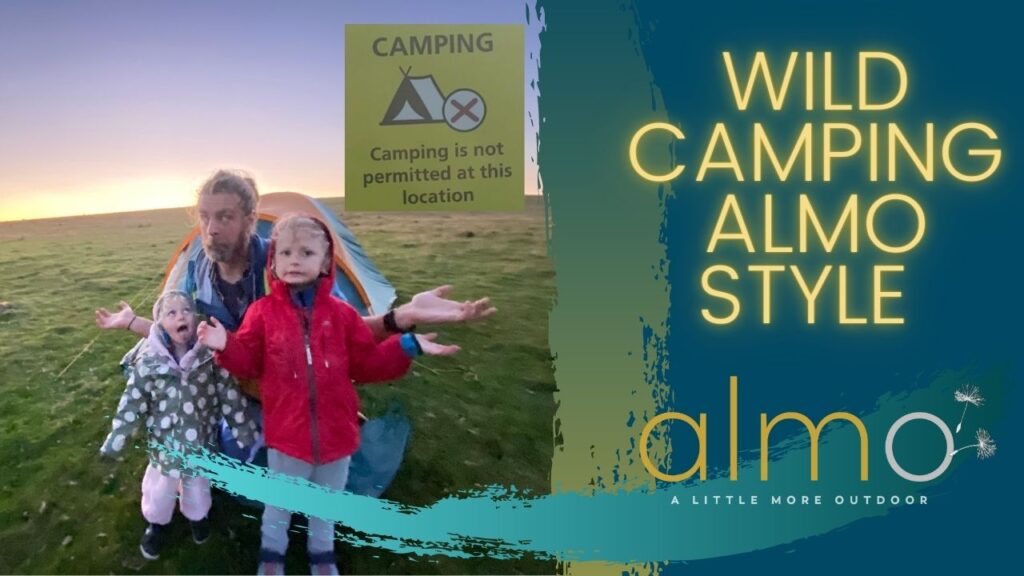


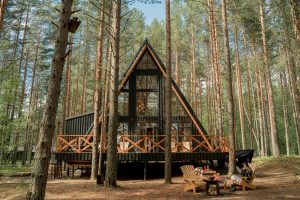

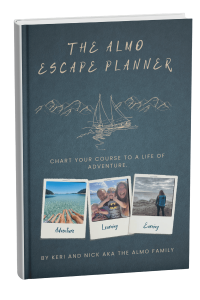
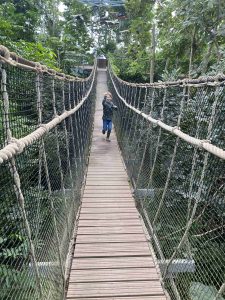
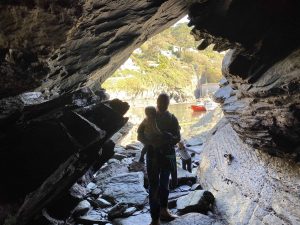
 Adventure – Your style, your pace
Adventure – Your style, your pace Earning – Income your way
Earning – Income your way Education – Fit for your family
Education – Fit for your family